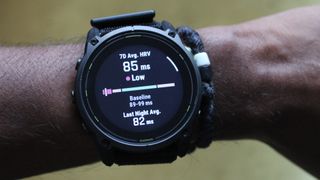
General Motors said Tuesday it will stop funding and exit robotaxi development at its majority-owned Cruise business, a blow to the automaker that had made the advanced technology unit a top priority. GM said it would no longer fund work on the robotaxis “given the considerable time and resources that would be needed to scale the business, along with an increasingly competitive robotaxi market.” The automaker has invested more than $10 billion in Cruise.
GM shares rose 3.2% in extended trading on Tuesday. In 2023, GM CEO Mary Barra said the Cruise business could generate $50 billion in annual revenue by 2030.

“This is the latest in the series of decisions that GM has announced which underscore our focus on having the right technology for the future of our company and the industry and reflects our commitment to execute with speed and efficiency,” she said on Tuesday. Barra declined to say how many Cruise employees could be moved over to GM. Some of GM’s competitors have already stopped funding autonomous driving businesses, citing the costs and difficulties involved in developing such sophisticated technology.
In October 2022, Ford Motor shifted spending away from its Argo AI operation, winding down the venture that was also funded by Volkswagen. Ford is still working on advanced driver assistance systems in-house different from the fully autonomous ones being developed at Argo AI. Last month, Cruise admitted to submitting a false report to influence a federal investigation and agreed to pay a $500,000 criminal fine as part of a deferred prosecution agreement.
The Justice Department said Cruise failed to disclose key details of an October 2023 crash to federal regulators in which one of its robotaxis in San Francisco struck and seriously injured a pedestrian . GM expects the restructuring will lower spending by more than $1 billion annually after the plan is completed by the end of June. GM, which owns about 90% of Cruise, has agreements with other shareholders that will raise its ownership to more than 97% and will pursue the acquisition of the remaining shares.
GM in July said it would halt development of a planned robotaxi that would not have a steering wheel or other human controls. In 2022, GM filed a petition with the National Highway Traffic Safety Administration seeking permission to deploy up to 2,500 self-driving Origin vehicles annually without human controls such as brake pedals or mirrors. The agency has not acted on the request and GM cited the regulatory risk for its decision.
.















